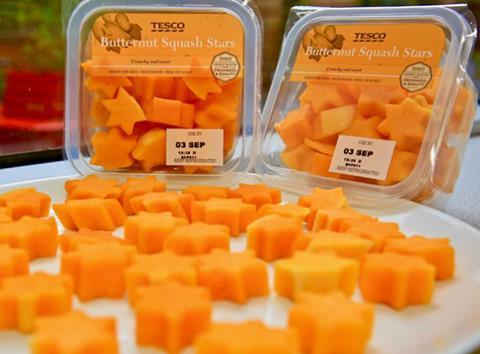
Sally was ‘speechless at the stupidity of it’. Kate gave it ‘1 out of 10 for trying’. Jean described it as a ‘criminal waste of resources’ and ‘marketing at its most obscene’. Maria summed up the outrage felt by many: ‘Pitifully pathetic by immoral company to rip off the gullible whilst simultaneously doing more damage to the environment. Must be @Tesco.’
Wow, I hear you say. What’s this big Tesco news story I’ve missed? What has it done to deserve such ire?
Allow me to share the horrifying details. Tesco, you see, has launched a new range of fresh veg. For children. Featuring (gasp!) butternut squash. Cut into (sob!) little star shapes. The absolute monsters.
Granted, ‘lively’ social media reactions to stories involving Tesco are nothing new. We all know there are full-time Tesco haters out there for whom the only acceptable story would be ‘Tesco ceases all operations with immediate effect, apologises for ever existing’.
But the sheer volume of negative comments we got to this story over the weekend nevertheless struck me as remarkable. How did something as seemingly innocuous as butternut squash stars become a flashpoint for such outrage?
The Twitter reaction
Plastic waste and wasted food…all in one product! Spectacular!@farmbeam
Pointless, just teach kids to eat veg - end of! @jill_jtc
Totally unnecessary! Yet again Tesco making us think it cares about kids & obesity but all about ££ @BumblesGG
Is this a joke? @Bloomfieldsdeli
Commentators seem to have two big concerns: that Tesco is encouraging food waste with the new range; and that cutting veg into cutesy shapes undermines efforts to educate kids on food and healthy eating.
On the first point, Tesco insists that, far from creating food waste, the butternut squash stars help reduce it. “Besides these stars, butternut is used to make our carb alternatives such as fusilli, spaghetti, lasagne sheets as well as wedges and soups,” it says. “These butternut squash stars are a brilliant way to excite kids with great tasting, high-quality vegetables that also helps producers who are able to sell even more of their crop.”
Food education
The point about food education, however, is more complex. It’s hard to dismiss concerns about kids becoming ever farther removed from food and food production, and what that means for their ability to become well-informed, empowered food citizens. The real problem here, however, is not butternut squash stars. It’s education, at home and in the classroom. A child is perfectly capable of enjoying butternut squash stars while also growing up to understand what a butternut squash looks like and where it comes from.
In any case, there’s the bigger health picture to consider. Getting kids to eat enough vegetables can be a struggle. If interesting shapes make it more likely that a child will try something new, what’s the harm? The same is true for carb alternatives aimed at adults: yes, courgetti and the like are slightly silly but if they encourage people to eat more veg, I don’t see the problem.
As for those who love to shout “just do it yourself” and shame parents for opting for convenience instead of standing in the kitchen and hacking squashes into DIY stars: being short on time is not a crime. And having different priorities to yours isn’t one either.
There are undoubtedly big challenges around food education and encouraging kids to eat well, and there are tough questions we should ask of supermarkets in this context. But if star-shaped butternut squash is the hill you choose to die on, are you really part of the solution?








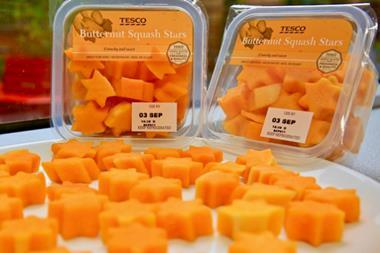
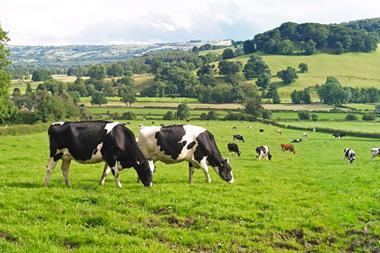
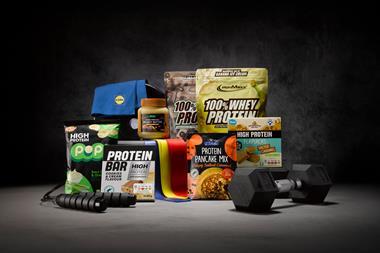



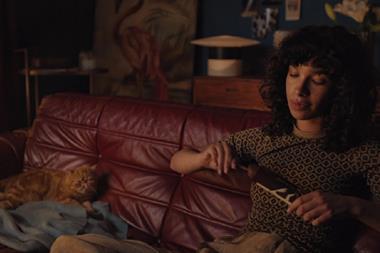



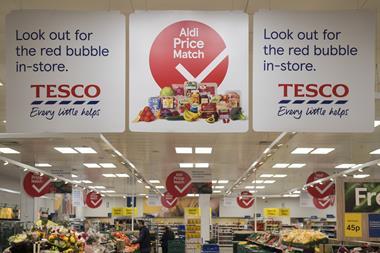
No comments yet